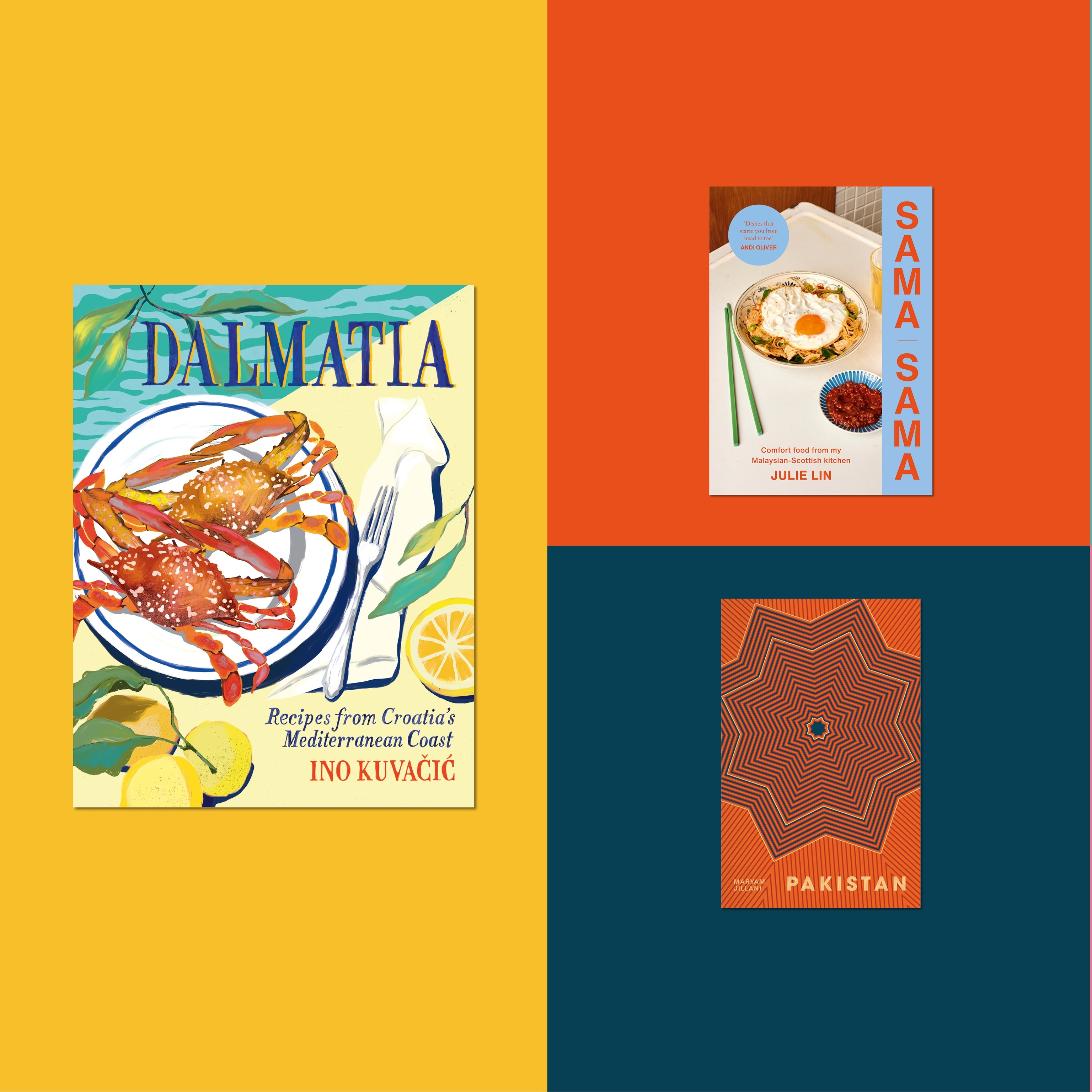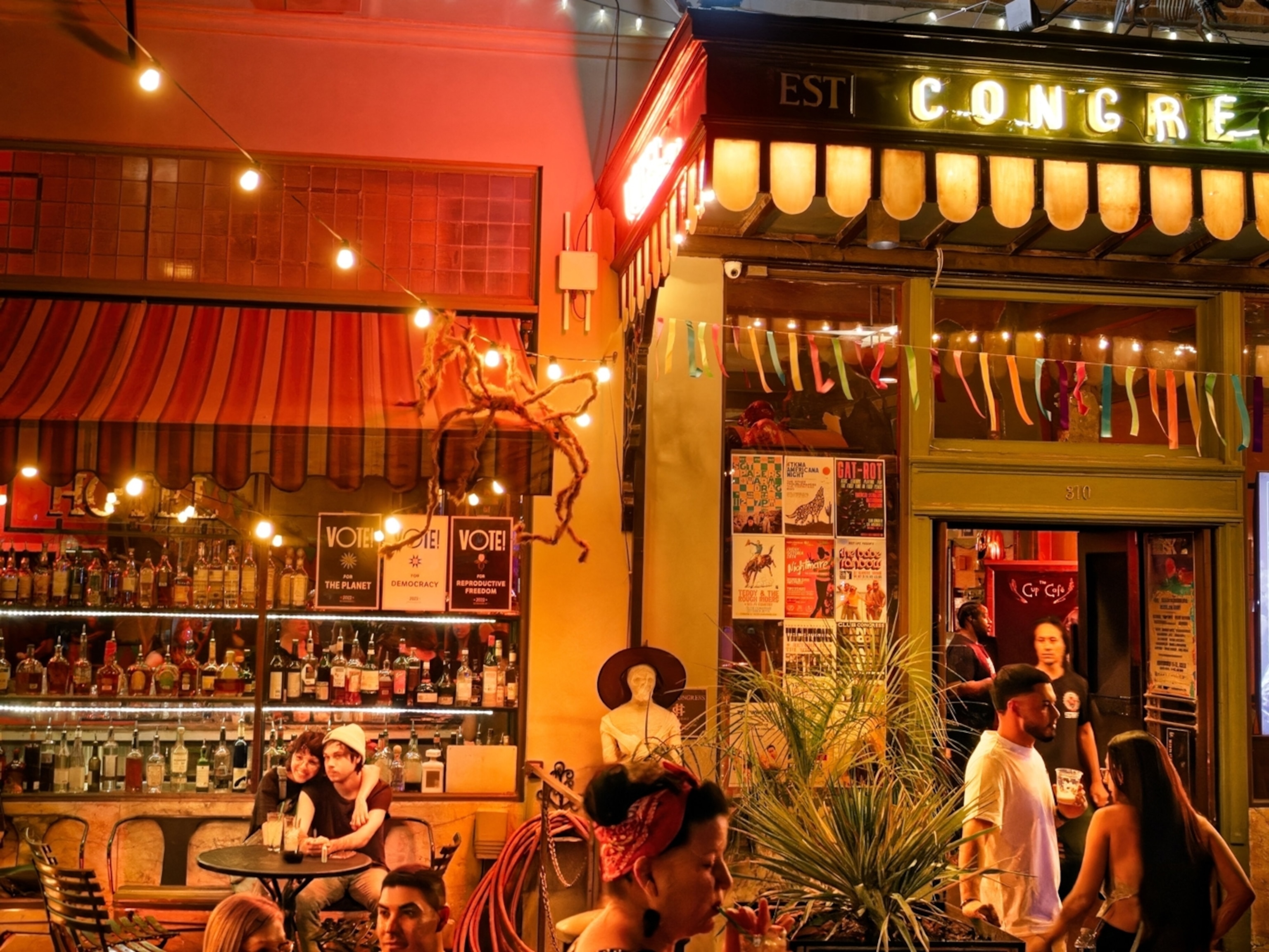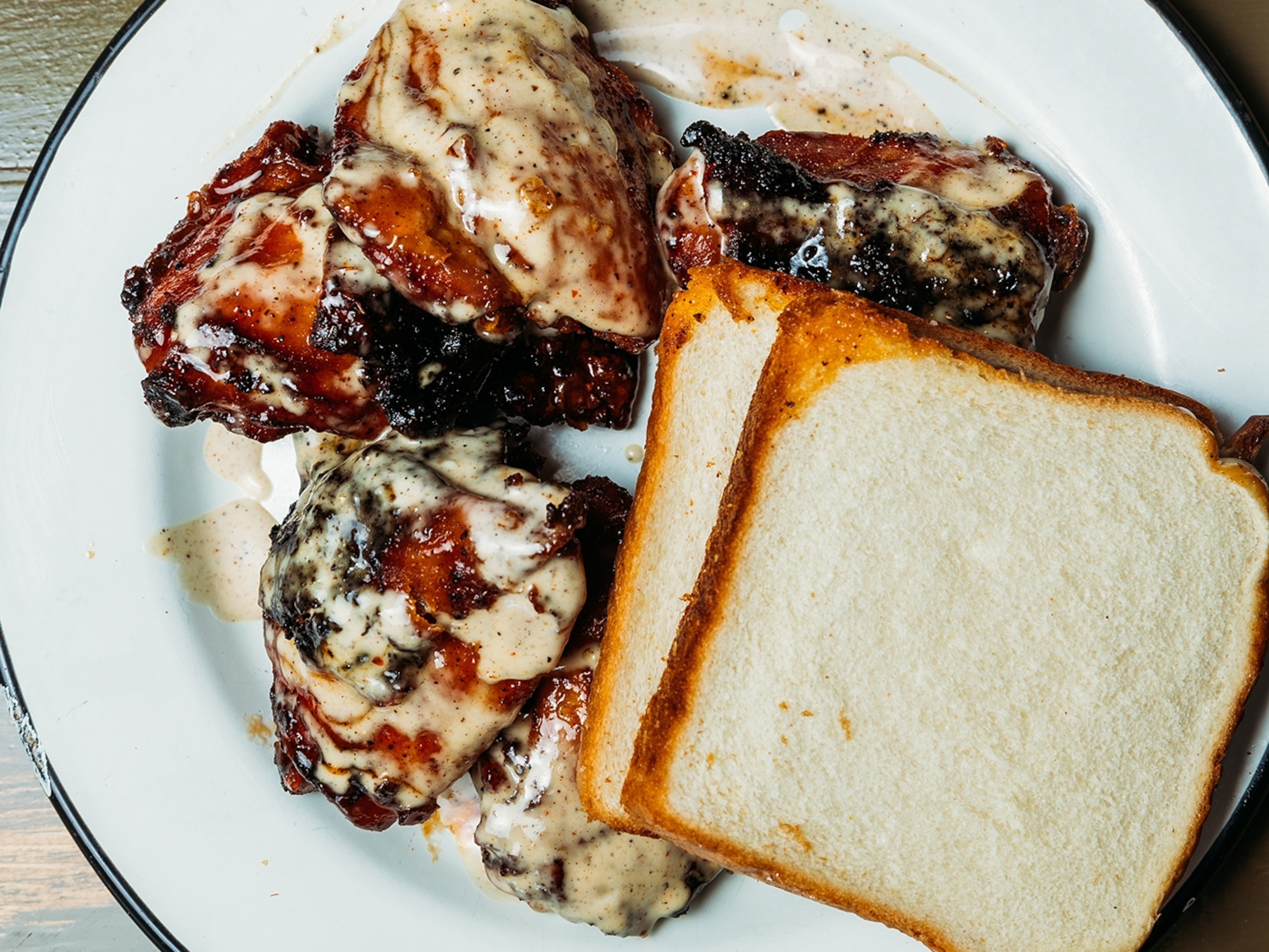
Why are these foods named after places?
Chicken Kiev. London Broil. Peking duck. On the journey from place to plate, the names of many dishes get lost in translation.
Baked Alaska. London broil. Singapore noodles. When a food is named after a city or country, you’d think this would indicate that the dish was either connected to or concocted in that place.
But the reality is often lost in translation somewhere between an actual origin story (Nashville hot chicken, a spicy fried bird with roots in Tennessee’s African-American community) and a marketing campaign (baked Alaska, an ice-cream cake a New York City chef whipped up in 1867 to salute the U.S. purchasing the territory from Russia).
For the most part, food names are meant to win diners and influence eaters. “You want something that resonates with your consumers’ values, and you want to stand out from your competitors,” says food historian Ken Albala of the University of the Pacific. “Association with place is a strong marker of identity—even if you make it up.” Albala, author of culinary history books such as Eating Right In The Renaissance and Nuts: A Global History also thinks some food names come from sheer ignorance. “For example, people initially thought turkey came from Turkey,” he says.
Why did the chicken Kiev cross the globe?
One perfect example is chicken Kiev. The basic recipe: a breaded, deep-fried chicken cutlet stuffed with seasoned butter. It’s pretty decadent and can be dangerous—watch for splattering hot butter when you slice into it. But, it’s not from Ukraine.
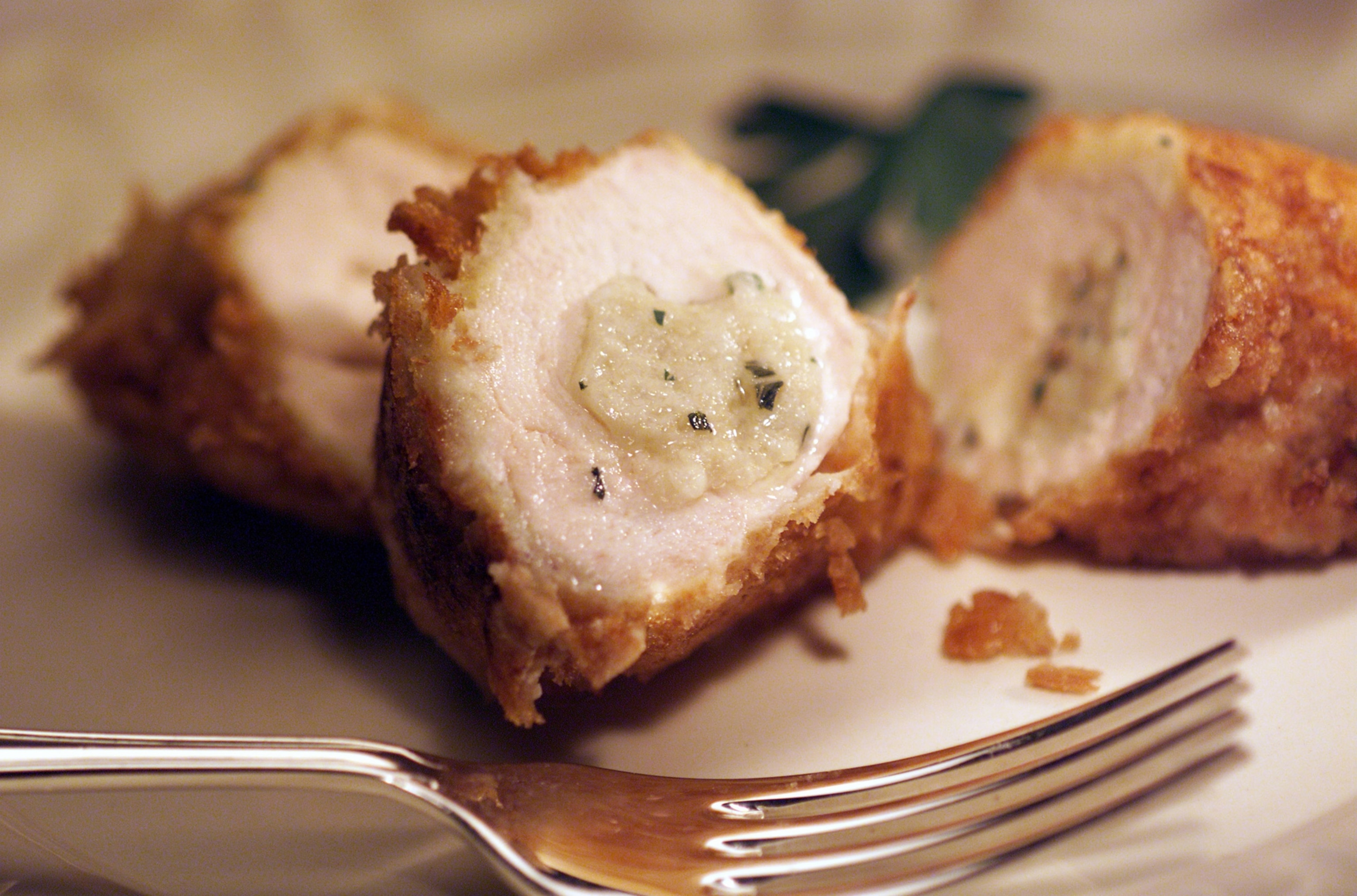
Bonnie Morales, chef and co-owner of Portland, Oregon Russian restaurant Kachka, first tasted the dish when her Soviet immigrant parents served her a TV dinner version in the 1990s. They’d never heard of it in their native Belarus. “People don’t make chicken Kiev at home,” says Morales.
Years later, chicken Kiev became a strong seller on the Kachka menu. “We were worried people wouldn’t be down with Russian cuisine, so we honed in on dishes average American diners wouldn’t be freaked out by,” she says. “After all, it’s just fried chicken with butter at the center. Who doesn’t like that?”
Though it didn’t start in Ukraine, chicken Kiev seems to have first appeared on Russian menus in the late 19th century, possibly dreamed up by the French chefs czarist aristocrats loved to employ. It was probably initially made with ground meat–most often pork, but sometimes veal or chicken–and panfried, resulting in what looked like an oval, breaded hamburger.
The chicken recipe gained popularity in early 20th-century Russia (especially at the Intourist hotel chain). And by the 1960s, with a westernized name (chicken Kiev), the dish usually used flattened, rolled up chicken breasts. And it turned into a fancy British and American dinner-party headliner.
Back in Kyiv, the recipe wasn’t on chefs’ radars until the 1970s, when tourists began requesting it at restaurants. To meet the demand, Kyiv embraced Kiev cutlets.
Explore Kyiv with 10 tips on historic sites and late-night bars.
Now, visitors can chomp the chicken recipe as a handheld snack (it resembles a corndog sans stick) at the city’s Rebra & Kotlety or a version dressed up with foie gras and cauliflower foam at Vogue Café in the glitzy Fairmont Grand Hotel Kyiv. And in 2018, an approximately dinner-plate sized bronze sculpture of the now-iconic dish went up in the central city, just steps from—where else?—Chicken Kyiv restaurant.
Selling a taste of tiki
Some food names are just blatant marketing ploys. Take crab Rangoon, those deep-fried dumplings stuffed with crab, cream cheese, and dashes of chili and HP sauces.
In Yangon, Myanmar (formerly known as Rangoon, Burma), very few markets carry the cream cheese needed to cook the little pupu platter favorites. And besides, crab Rangoon was created a couple of oceans away by midcentury California restaurateur Victor J. Bergeron, whose tiki-themed Trader Vic’s restaurants appropriated South Pacific decor and misappropriated a range of Asian and Polynesian foods on its menus. In many cases, like the dumplings, Bergeron merely namechecked far-flung locales—squab Cathay, Tahitian flambé (a slightly tropical ice-cream sundae). “You brand a product with a place so there’s an instant association in consumers’ minds,” says Albala.

First served at Trader Vic’s in the 1950s, crab Rangoon is still a top-selling appetizer at the chain’s 17 outposts from Atlanta to the UAE. “It was a fusion food that took exotic ingredients and combined them with European techniques,” says Eve Bergeron, Trader Vic’s spokesperson and the granddaughter of its founder.
Other dishes with monikers better traveled than what’s on the plate include London broil (an American steak-cooking technique) and German chocolate cake, which actually originated in Texas. The latter name didn’t even come from the Lone Star State’s large European immigrant population. The recipe—which went Eisenhower-era viral after running in the Dallas Morning News in 1957—used Baker’s German’s Sweet Chocolate. The chocolate was formulated in the 1850s by American confectioner Samuel German.
And while baked Alaska sprang forth in New York City, much like chicken Kiev, it eventually wandered homeward. The meringue-topped ice cream cake now figures on many dessert menus in the 49th state, including at the Alyeska Resort in the Chugach Mountains.
Truth in advertising
Sometimes a Peking duck is just, well, a Beijing bird, cooked and eaten in the city where the recipe first took flight. It’s much like Buffalo wings, which, yes, were born in 1964 in the northern New York State city of the same name, at the Anchor Bar. And, for the record: Belgian waffles were invented in Belgium, and the Philadelphia cheesesteak comes from the City of Brotherly Love.
About those Chinese fowls? The roasted quackers have been hanging on hooks in duck houses for eons: the first version of the dish was hatched in Peking, now known as Beijing, and served to the Emperor of China in the 13th century. A Peking duck first appeared in print in Hu Sihui’s Complete Recipes for Dishes and Beverages, published in 1330.
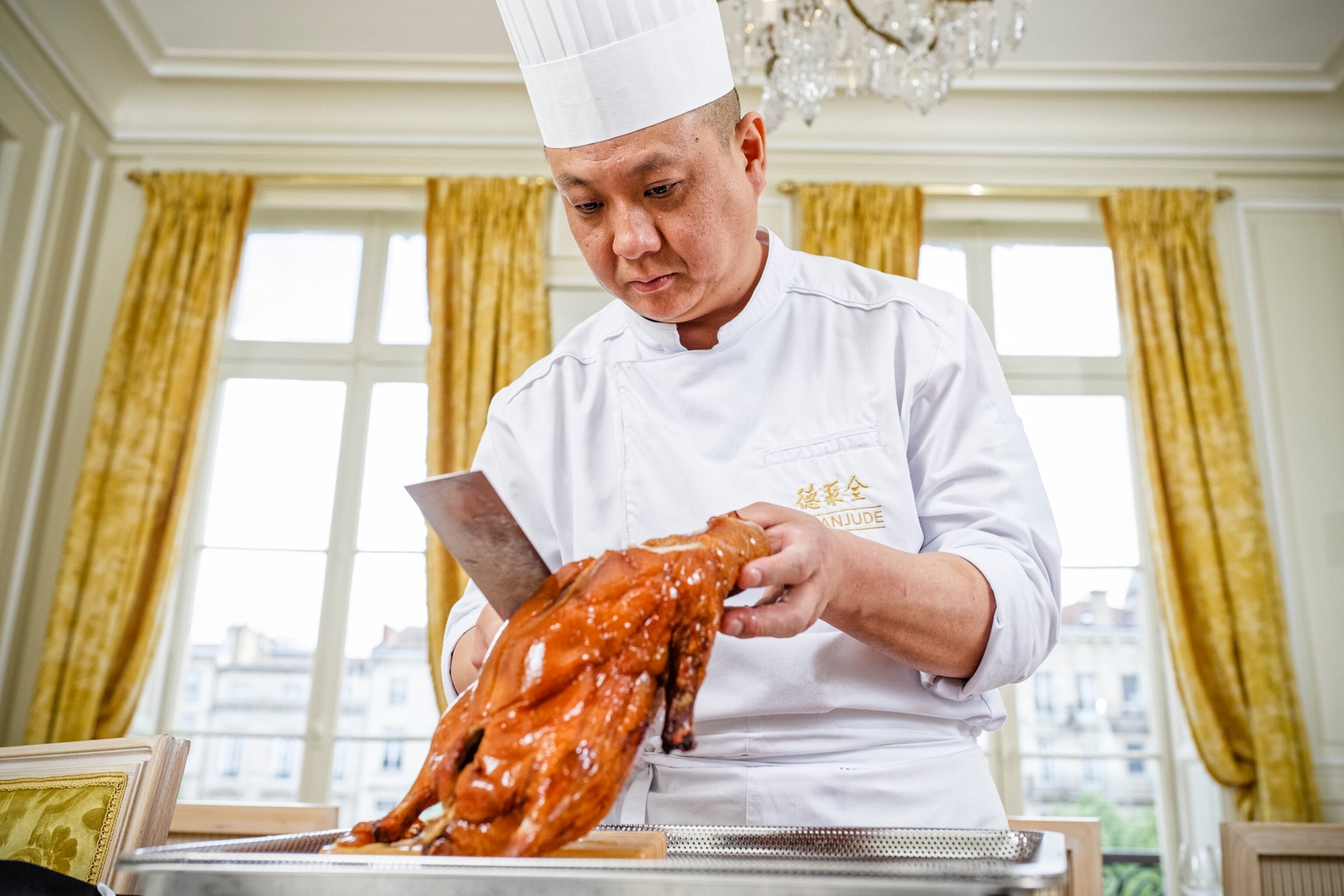
Today’s Peking duck is usually a Pekin breed that’s been fattened up before the slaughter. The whole duck is then cleaned, prepped, dried, glazed with maltose and spices, dried again, and roasted. The multi-day process results in golden, crispy skin and juicy meat. The duck is traditionally carved tableside and served in three courses: skin and a dipping sauce; meat with vegetables and diaphanous little pancakes; and the remaining bits in a broth. The presentation method—like the recipe—has migrated to Chinese restaurants around the world.
Bianyifang, the first restaurant specializing in Peking duck, opened in 1416 in current-day Beijing. A spinoff location came in 1855 and is still operating today. You can try the duck there or at Quanjude, in business since 1864. The restaurants diverge slightly in their preparation methods: Bianyifang roasts birds in a closed oven, the latter cooks them in an open oven.
Locals constantly debate which restaurant’s recipe is better. But what isn’t in contention? Where Peking duck was created. In this case, the name is the true story of the dish.
- National Geographic Expeditions
